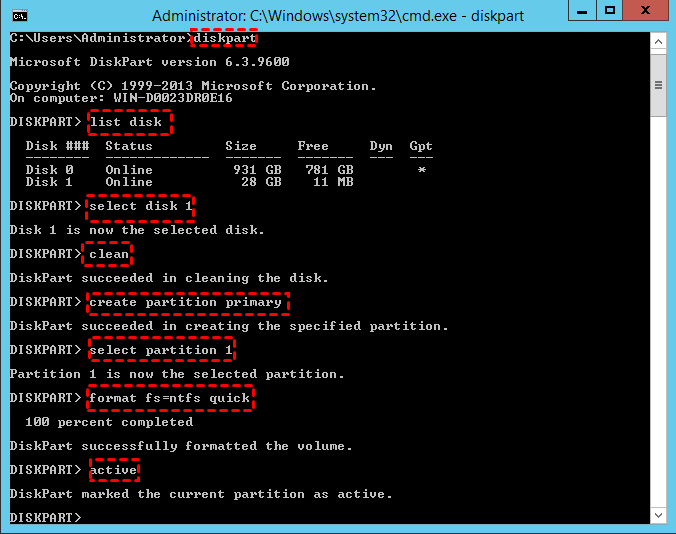

(2) Choose the FreeDOS option under Boot selection. (1) Select your USB flash drive from the Device drop down.To run DOS on USB, we can easily create a DOS Bootable USB flash drive using Rufus. Additionally, learning DOS can be a helpful exercise in understanding the history of computing and the basic principles of operating systems. However, DOS is still very useful today for doing things like installing firmware updates, playing old games, running old programs, controlling hardware settings, and managing files. More specifically, in 1994, due to the popularity of Windows, Microsoft released the last version of MS-DOS which marked the end of the Disk Operating System. In the mid 1990's DOS was superseded by modern operating systems like Windows that use a GUI or ( Graphical User Interface) making it easier for any user to navigate and use a computer. Basic DOS commands include "dir" to see a list of files, "cd" to change directories, and "copy" to make copies of files.


How does DOS work?ĭOS works by allowing the user to interact with their computer using text commands. Back then, it was usually run from a floppy disk. It used to be very popular and was commonly used throughout the 80's as the main operating system in IBM compatible PCs. However, unlike the HP format tool, this app is, and always was Open Source.ĭOS, also known as " Disk Operating System" or (MS-DOS), is an operating environment that can be used to control and manage files and programs on a PC. When first introduced, the software was similar in appearance and operation to the old HP USB Format tool "HPUSBFW.exe", and shared many of the same features. This utility can also be used to create a Bootable USB of a given distro from an ISO or image file. However, a tool called Rufus or ( Reliable USB Format Utility) created by Pete Batard, can make this task relatively simple. Creating a Bootable USB flash drive to Boot DOS from USB can be complicated.


 0 kommentar(er)
0 kommentar(er)
